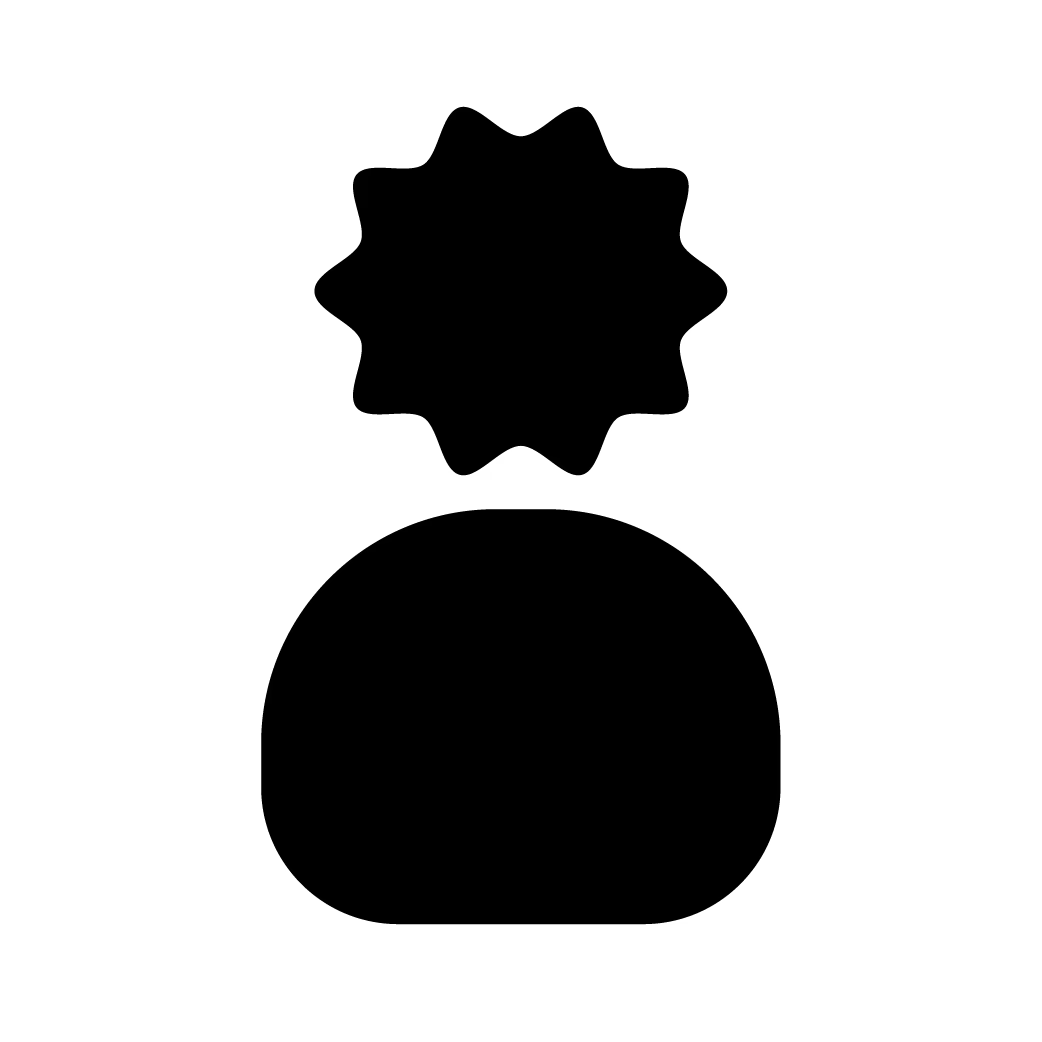For the Love of Masculine Men
Whether it’s Benito Skinner’s irreverent comedy-drama “Overcompensating” or the true-and-tested favorite “Brokeback Mountain”, one thing is clear about media depictions of gay men: they love masculine men more than anything.
Jun 26, 2025
When I watched Benito Skinner’s latest Prime Video series Overcompensating, it was everything I expected—irreverent, occasionally emotional, comedically campy, and gay but not quite. All of the eight half-hour episodes breezed by just like that. But the longer I sat with the show, a slight unease creeps up on me. It’s the same discomfort I felt when I binged Netflix’s The Boyfriend or rewatched the then groundbreaking Love, Simon.
How did mainstream representations of gay men become very masculine?
To be fair, the reverse used to be true. Depictions of gay men relied on caricatures of effeminacy, denying characters like Damian from Mean Girls or Octa in Arisan! 2 any substantial personality besides being “too gay to function”. As time went by, others such as Glee’s Kurt Hummel, Sex Education’s Eric Effiong, and Glamorous’s Marco Mejia were afforded more than feminine stereotypes. They’re still fashionable, their mugs are beat, and they serve as their favorite pop diva would, but there’s an earnest side to their stories that speak about the internal battle of feeling desired and embraced for instead of despite their femininity.
Yet, a different side of the gay representation coin continues to thrive. Whether it’s quiet twinks à la Call Me By Your Name, rugged cowboys by way of Brokeback Mountain, or the subject of a feminine guy’s desire—most any given gay teen media fit this bill, honestly—the top of mind when it comes to modern representations of queer men is anchored in an undercurrent of straight-passing, evocative of mascs with chiseled jawlines and less than 10% body fat (and they’re mostly White, too).
Sure, it’s another byproduct of patriarchy, but it deals with the layered nuances of gendered culture around sex and how masculinity is its centerpoint. While gay relationships take women out of the equation, the perceived inferiority of femininity lingers, even more so as society cracks down on every level of misogyny, from casual, stratified, and even systematic. So, perhaps distancing an already oppressed group from another is just an effort for self-preservation, isn’t it?
The problem in that train of thought lies in the history of the queer liberation movement, notably hallmarked by the New York City Stonewall riots that drag queens and trans folk like Marsha P. Johnson and Sylvia Rivera forefronted.
Yet, many cis gay men are keen on separating the T from the LGB, fracturing the very community pride is built by and for. It does beg the question if that self-preservation comes in the form of appealing to the oppressors.
A film inspired by the riot, Stonewall, exemplified this best, reframing the movement through the lens of its White, cis, gay male protagonist. Director Roland Emmerich (who was gay), however misguided the statement was, said it best:
“I didn’t make this movie only for gay people, I made it also for straight people … [and] for straight people, [Danny, the main character,] is a very easy in. Danny’s very straight-acting.”
While women continue combatting the male gaze, queer people are faced with the straight gaze, or as the internet calls, “gay stories for straight people”. Homosexuality is packaged in a way that would appeal to a heteronormative audience, whether it’s through masculine jocks, straight-passing cis men, or drawn-out lesbian sex scenes that are engineered for the straight male gaze specifically.
It’s also why gay for pay still exists, because the actors’ proximity to heterosexuality outweighs the fictional character they play.
The media commodifies the fantasy of male intimacy offered by 70’s Westerns, further refracted through the gay community by the rise of trade porn that fetishizes masculinity as a reclamation of power amidst the AIDS epidemic. As time went by, though, it turns into a form of exploitation by straight men who personify themselves as curious enough to dip their toes in the homosexual experience, yet remain steadfast in their heterosexual bubble—as if dangling the idea of being accepted into the charmed circle of heteronormative masculinity in the faces of all queer men.
This is not to say masculine gay men are meager nor are their stories less important to tell. But if straight-passing is the poster child of queer representation, it leaves those who aren’t vulnerable. And this sentiment bleeds into real-life dating “preferences” of the “No fats, no femmes, no Asians” Grindr crew. Feminine men are sidelined, reduced to the GBF of the all-female friend group. The bottom barrel and immediate scapegoat of the gay hierarchy, they struggle to even find acceptance among other cis men, much less the romance queer media love to depict.


















